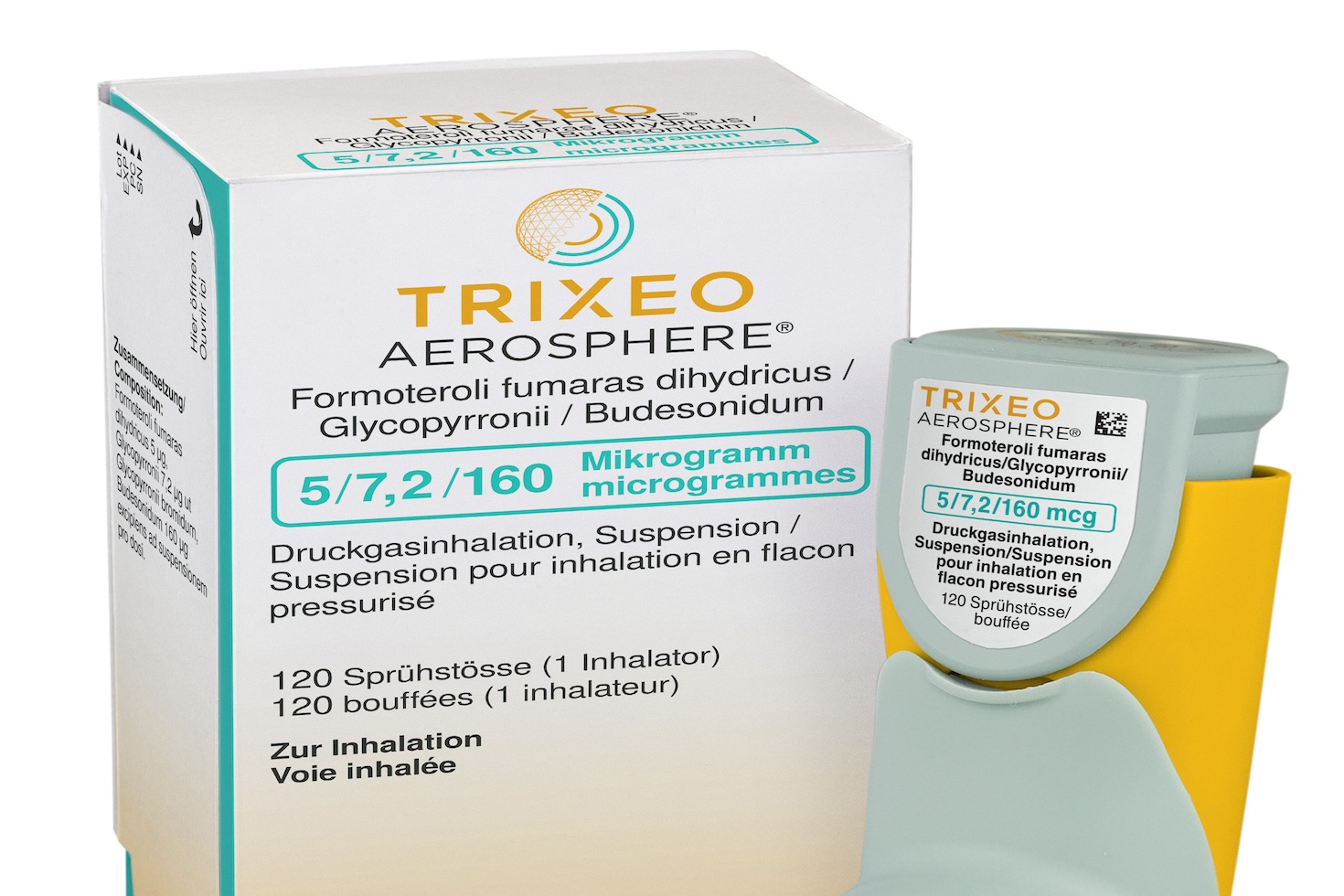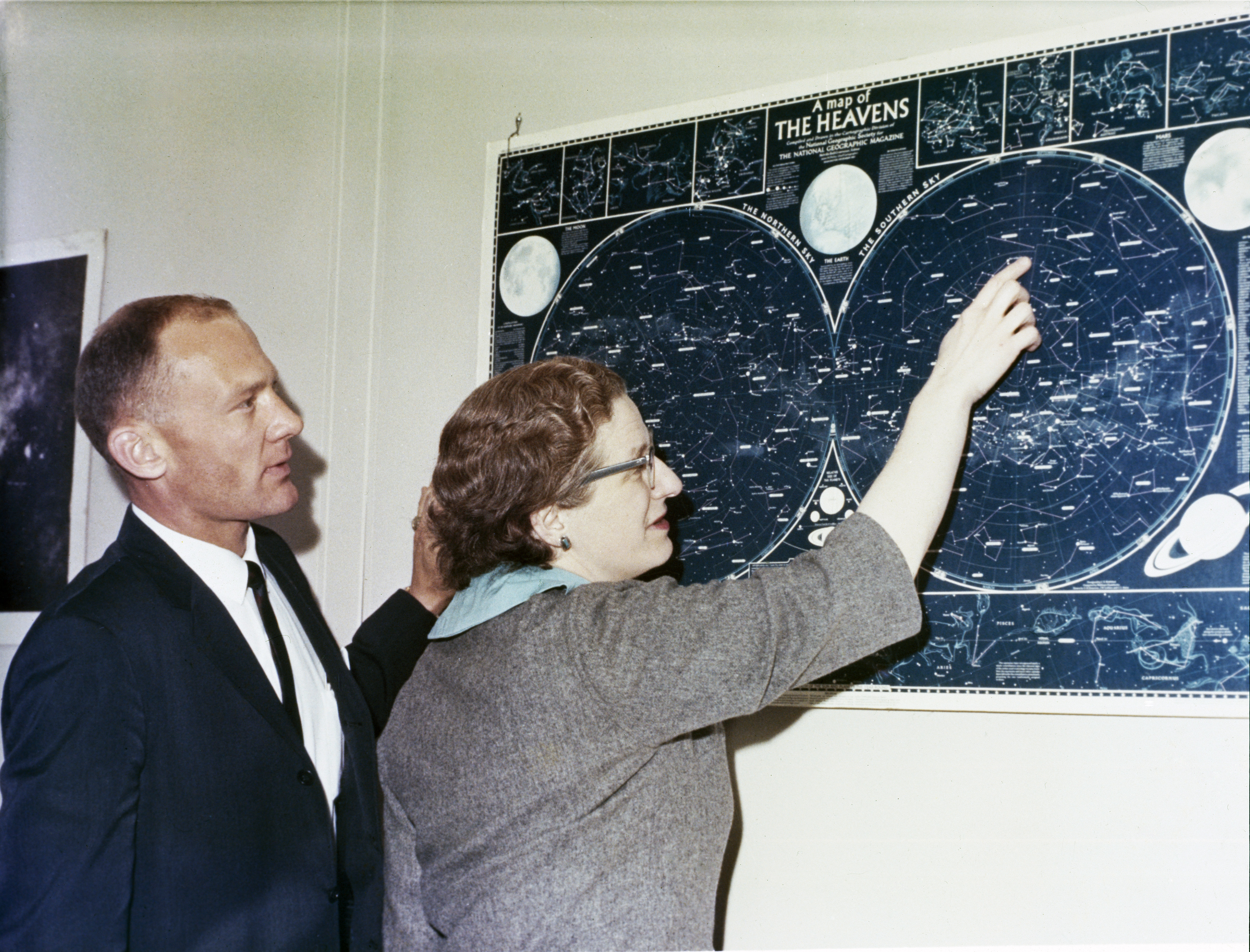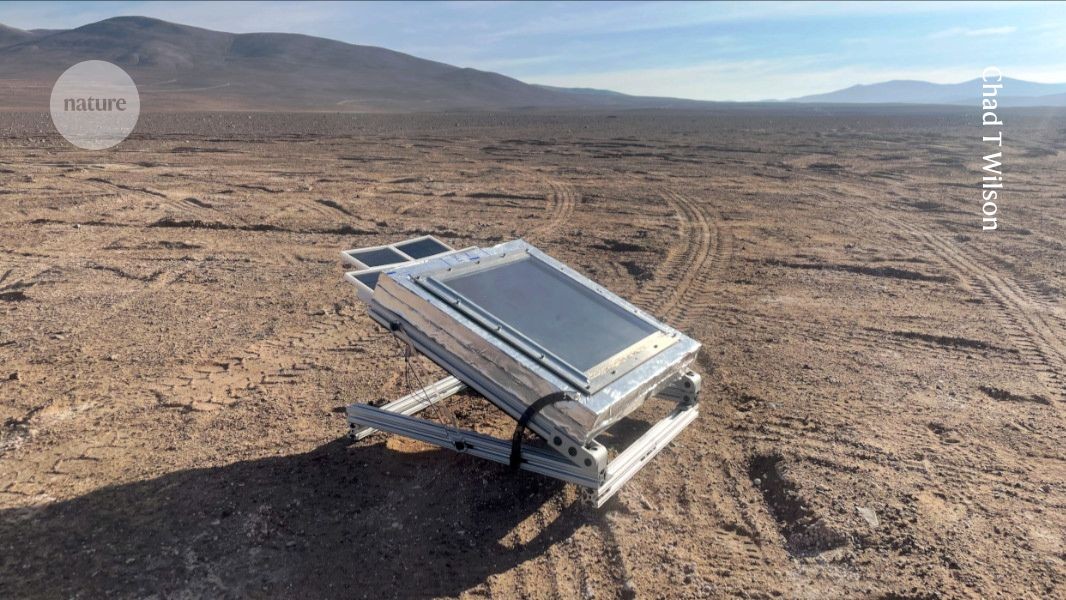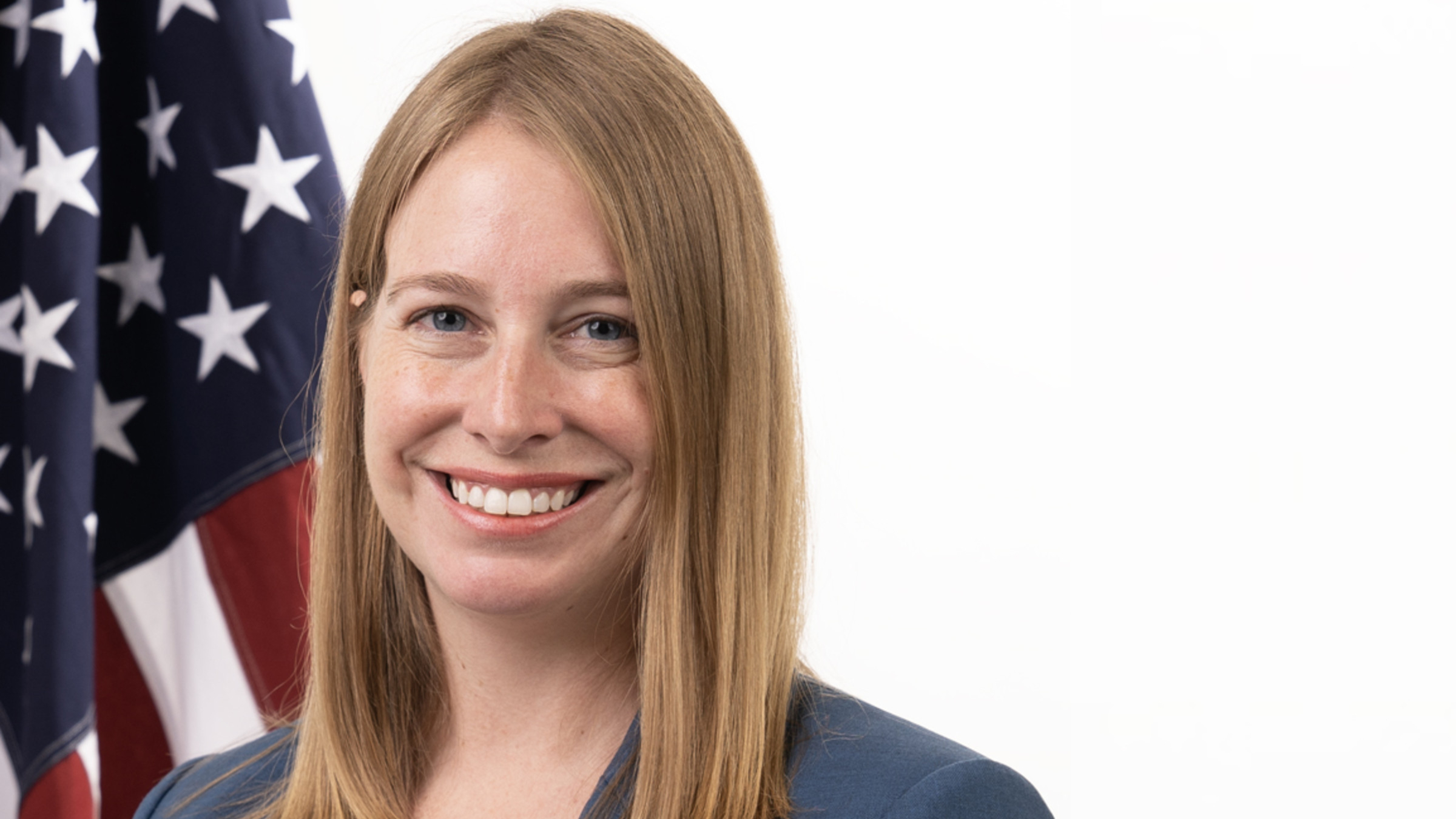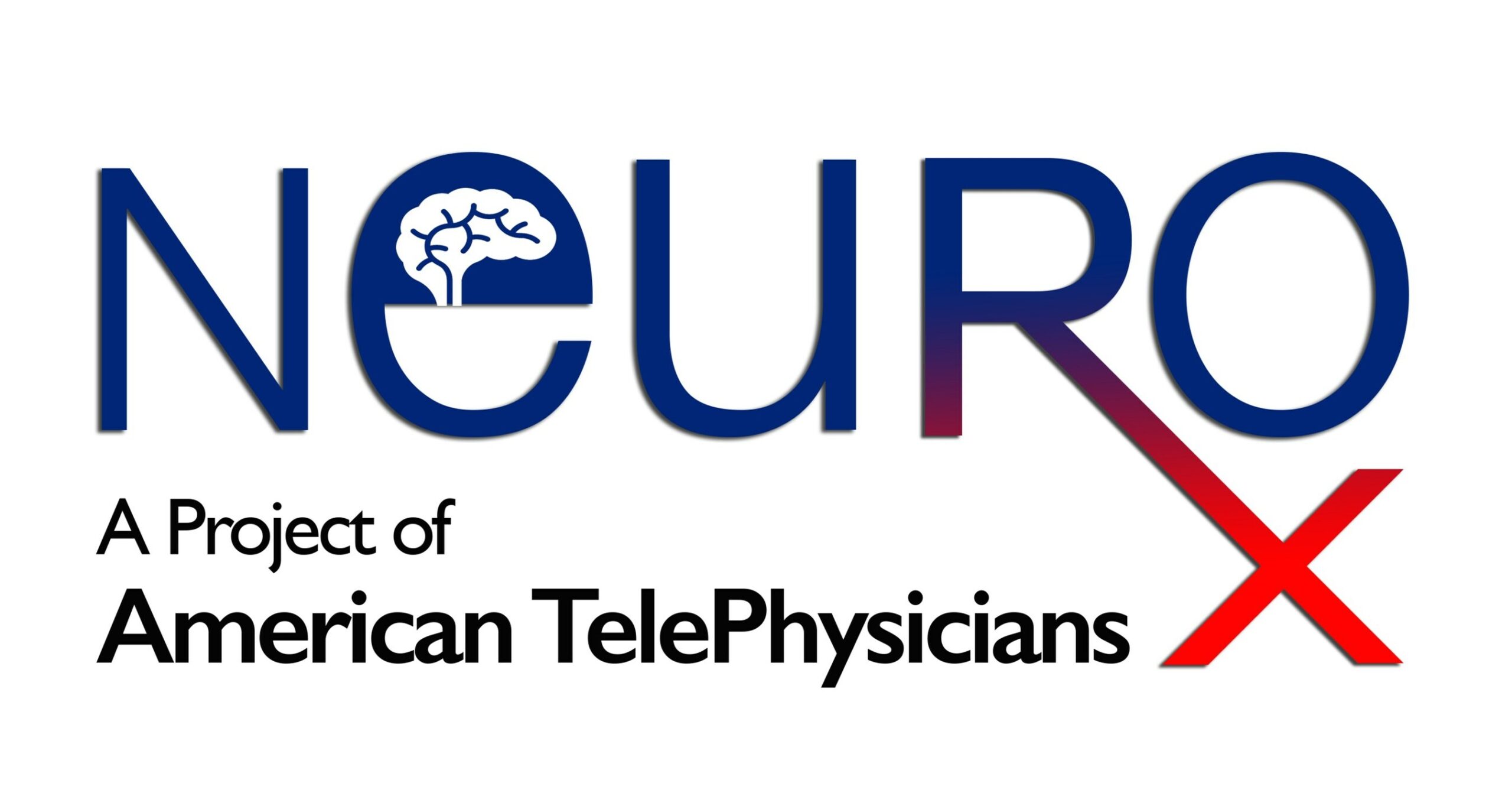Cloud Adoption In Radiology: 3 Emerging Patterns to Watch
The following is a guest article by Andrei Gonzales, M.D., Vice President of Product Management, Merge Moving to cloud-based solutions can reduce burdens and enhance productivity for radiologists, and organizations can take different paths to get there. Radiology is at a crossroads. Providers must meet the increasing demand for imaging services with disconnected patient information […]

The following is a guest article by Andrei Gonzales, M.D., Vice President of Product Management, Merge
Moving to cloud-based solutions can reduce burdens and enhance productivity for radiologists, and organizations can take different paths to get there.
Radiology is at a crossroads. Providers must meet the increasing demand for imaging services with disconnected patient information and outdated workflow tools. The effects – such as burnout, labor shortages, and workflow inefficiencies – are well known.
Health IT is striving to do more for radiologists. They want to provide the best tools to help clinicians read studies and diagnose accurately and efficiently. Removing technology friction from their daily work means they can spend more time on why they went into medicine: helping patients.
Cloud-based solutions offer many advantages that support clinician productivity, such as reliability, accessibility, security, and agility. These benefits are driving increased adoption across healthcare.
But one size does not fit all. Even with a common goal of supporting clinicians, every organization has different considerations as it designs its specific journey to the cloud.
We see distinct patterns emerge as more organizations successfully adopt cloud solutions in the imaging space. Here are some from among our own Merge clients:
1) Outsourced radiology reading
To handle overwhelming radiology caseloads, some health systems seek cloud-based solutions to simplify engagement with external radiology reading groups. Cloud solutions also offer the flexibility to add or change reading groups and maintain the visibility into caseloads and the ability to archive.
One ambulatory client needed to replace its legacy PACS while they contracted with an external radiology group for interpreting studies and reporting results. They didn’t need all the capabilities of a full PACS, so they worked with us to define a cloud-based solution for outsourced radiology reading. It enables this client to automatically send exams to an outside reading group, watch caseload status, share images between care team members, and maintain a complete archive of images.
2) Teleradiology
On the flip side of outsourced radiology reading, cloud-based solutions can also enable more effective remote reading services. In this scenario, a smart worklist enables radiologists to read studies from any health system’s PACS – regardless of vendor, from a single unified worklist. Reading groups usually work with several health systems simultaneously, each with its own system and workflows.
It’s critical for the reading group to seamlessly incorporate their services into the health system’s existing workflows 24 x 7. Reading physicians can access the worklist from anywhere and on any device, and an automated, AI-driven assignment engine operating behind the scenes helps distribute the workload more efficiently among them.
One of our clients with a robust managed radiology services business helps its radiology team to be responsive by bringing together studies from hospitals’ disparate PACS into a single worklist. Our client has engineered a service model that minimizes the day-to-day causes of radiologist burnout while dramatically expanding the number of cases that they can handle over time. These capabilities are possible because of many features of a cloud-based system that provides redundancy for uninterrupted services for the health systems they support, regardless of planned or unplanned outages.
3) Enterprise imaging + Radiology
It is rare to see a complete switchover of imaging systems to cloud-based solutions. More commonly, organizations will address one system, department, or “‘ology” And when they are successful, will expand to include more.
Health systems with multiple “ologies” and diverse imaging needs often have multiple legacy systems across their organization. They’re looking for cloud solutions to provide diagnostic viewing for radiology and a universal viewer and archive across all service lines for consistency, cost control, availability, and accessibility.
One large health system we work with is moving to Merge cloud-based enterprise imaging and radiology solutions. Having this full imaging infrastructure will help them to scale operations with new acquisitions, avert downtimes, and make it easier to share images securely. This client expects to more easily incorporate new healthcare facilities and provide imaging services as they grow.
This health system also has a longer-term vision that extends its mission to provide care for people in the region. They also plan to offer affordable technology partnerships to rural community clinics and critical access hospitals that are unable to afford the infrastructure needed to provide certain imaging services, such as point-of-care ultrasounds. Access to care is critical for every community, urban, suburban, and rural.
Because one size does not fit all, these three scenarios are not the only three. For example, some radiology groups look to cloud for workflow orchestration, to equitably distribute cases across single or multiple PACS platforms. Others need image storage to securely manage imaging data to ensure performance, control costs, and comply with regulations. As they succeed, their examples help others find their way.
No matter which path organizations take to adopt cloud in radiology, the goal is consistent: to help clinicians do their best work. When technology can help remove burdens, enhance productivity, and improve decision-making for our radiologists, it helps organizations fulfill their mission to deliver high-quality patient care.
Visit Merge at SIIM 2025
Meet Merge by Merative at SIIM 2025. Come by booth #632 at SIIM 2025.
 About Andrei Gonzales, M.D.
About Andrei Gonzales, M.D.
Andrei Gonzales, M.D., is Vice President of Product Management for Merge. Before joining Merge, he led the Patient Experience solution portfolio at R1 RCM. He previously held multiple leadership roles at Change Healthcare, where he oversaw solutions for value-based payments, risk adjustment, and decision analytics. He earned his M.D. from the University of Washington School of Medicine.













